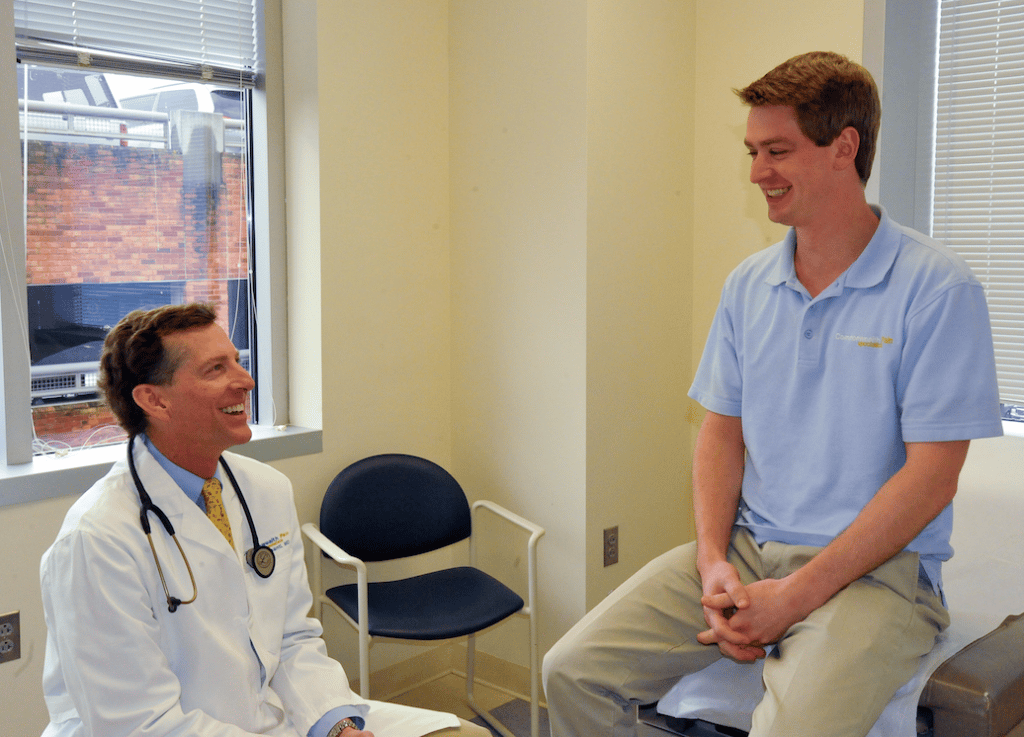 Physical therapy can be very effective at relieving pain for patients whether they are fresh from surgery or suffer from chronic pain. Physical therapy combines the principals of body mechanics, massage, yoga, temperature therapy, and hydration to relieve pain at the source. Physical therapy has been proven to reduce recovery times when incorporated into a patient’s post-operative routine after orthopedic surgeries like hip and knee replacements. Patients with chronic pain often find that a combination of the techniques listed below are very helpful in helping them manage their day to day symptoms.
Physical therapy can be very effective at relieving pain for patients whether they are fresh from surgery or suffer from chronic pain. Physical therapy combines the principals of body mechanics, massage, yoga, temperature therapy, and hydration to relieve pain at the source. Physical therapy has been proven to reduce recovery times when incorporated into a patient’s post-operative routine after orthopedic surgeries like hip and knee replacements. Patients with chronic pain often find that a combination of the techniques listed below are very helpful in helping them manage their day to day symptoms.
How Do These Techniques Relieve My Pain?
Using proper body mechanics helps to keep the joints in their natural alignment. When joints are out of place, either due to gradual shifting over time or sudden injury, they cause inflammation. The inflamed tissue can cause pain at the site, as well as irritate nearby nerves that can lead to muscle weakness, numbness and tingling, and shooting pain in extremities. Physical therapy helps to correct the alignment and teaches patients how to maintain it.
Many physical therapy clinics now have licensed massage therapists on staff. Offering massage immediately following controlled exercise can help relax the tired muscle and reduce the chance of developing post-workout cramping and tension.
Depending on the type of injury, yoga can be very helpful to stretch the muscles and help the joints realign. While patients are not expected to be very flexible when they begin therapy, patients can be taught stretching techniques that will help them gradually regain their flexibility and increase range of motion. And, because yoga is designed to reduce mental stress while putting purposeful stress on the body, many patients find the benefits relaxing, both mentally and physically.
Temperature therapy refers to the use of hot and cold to reduce pain and inflammation. Physical therapy clinics can provide state of the art technology that allows for direct controlled temperatures, hot or cold, to be applied to the source of the pain for specific amounts of time to ensure safe and effective results.
Hydration is also very important with physical therapy. While many patients are familiar with the standard recommendation of six to eight glasses of water a day, they often neglect it. Neglecting proper hydration during physical therapy can lead to longer recovery time and increased risk of injuries and cramps. Proper hydration not only helps maintain the body’s regular functions, but it also helps to lubricate stiff joints, flush toxins from the body that are released during physical exercise, and aids in muscle stability when performing exercises.
Your doctor will likely recommend physical therapy to help ease your pain. Give it a try and find out why it does not take a great stretch to reap the benefits. Commonwealth Spine and Pain Specialist are here to help you on your journey to recovery. Call us today (804) 288-7246.
